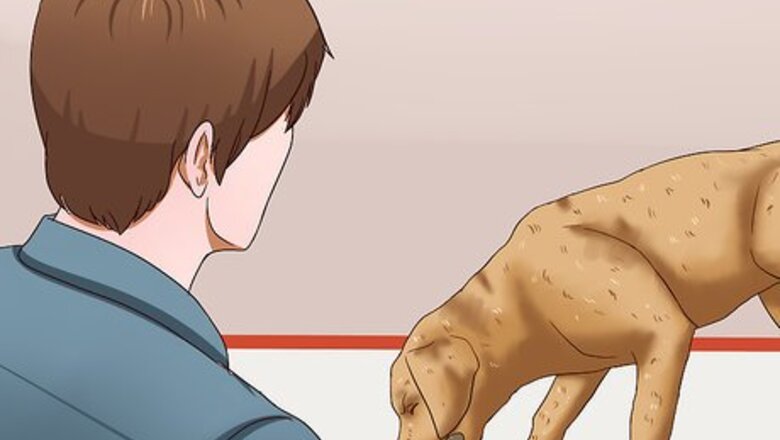
views
Getting a Lungworm Diagnosis
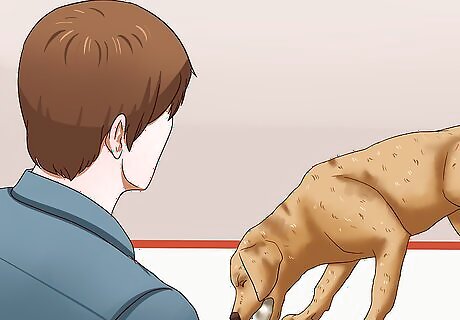
Recognize the early symptoms of a lungworm infestation. At the onset of a lungworm infestation, you'll likely notice a soft cough, breathing problems, vomiting, diarrhea, loss of appetite, lethargy, and stomach pain. Since early symptoms of lungworms mimic other illnesses, it's important to get your dog checked out by a vet. If you suspect your dog has lungworms, take action immediately.
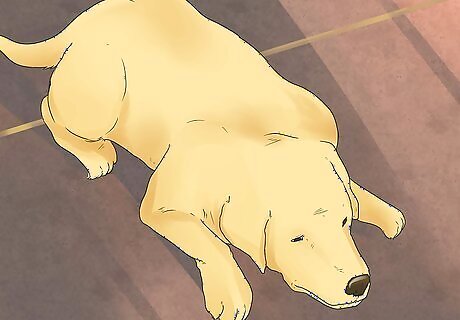
Recognize the symptoms of an advanced lungworm infestation. This can include a bloody cough, uncontrolled bleeding, bronchitis, and back pain. Additionally, the vet may find bleeding from the dog's lungs, eyes, liver, intestines, spinal cord, or other body parts. If the initial symptoms are neglected, then in later stages these parasites can pose severe health complications to your dog, like shortness of breath, emphysema, bronchitis, fluid build-up in the lungs, and even pneumonia. Lungworms are an emergency situation for you dog and can result in death, so see your vet immediately.
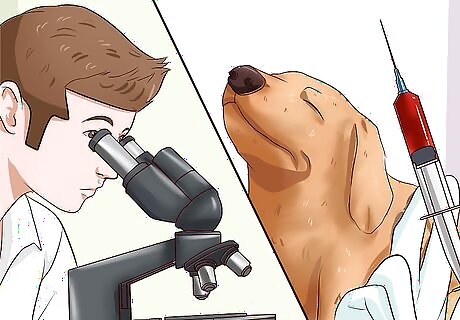
Visit your vet to get a proper diagnosis. Your dog needs treatment in order to recover. Your vet might recommend several tests to determine whether it is a lungworm infestation or any other disease. While the tests are conducted, make sure your dog isn't afraid or stressed. The vet will likely do a blood test to help diagnose your dog. They can then do an Angio Detect test to get a yes or no result, which will show if your dog has been infected by lungworms.
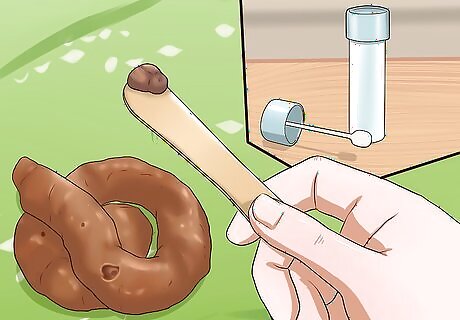
Allow the vet to perform diagnostic tests to make the right diagnosis. Since a lungworm infestation shares symptoms with other illnesses, your vet will want to do several different tests. This helps them determine the true cause of your dog's symptoms so that they can give you the best treatment options. They'll likely do the following tests: Examination of fluid from lungs (tracheal wash) Chest X-rays Examination of dog feces for lungworm eggs Physical examination of the dog Complete blood count (CBC)
Treating Lungworms
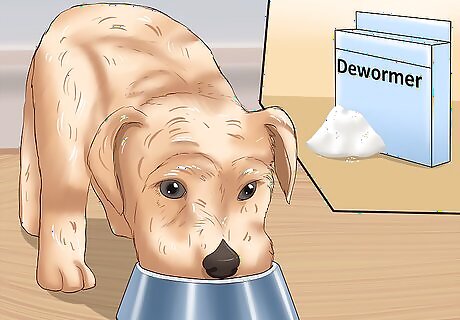
Talk to your vet about the best treatment option for your dog. Lungworm treatments are called anthelmintics, which kill parasites. There are several treatment options that are available. Your vet will consider your dog's medical history before choosing the best medicine for your pet. Tell your vet if your dog has a history of seizures or medical tremors. Here are the common treatments for these parasites, though not all of them are licensed as a treatment for lungworms: Praziquantel Fenbendazole Levamisole Albendazole Oxfendazole Ivermectin Moxidectin
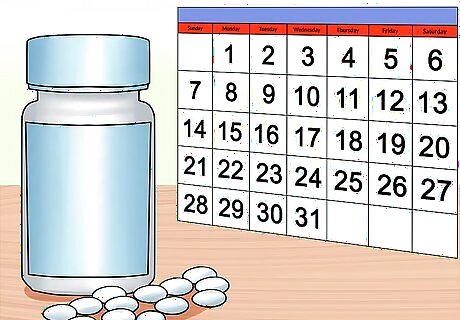
Administer the medication as directed by your vet. Read the label and instructions before you give the medicine to your dog. Make sure your dog consumes the entire dose. Then, watch the dog to make sure it doesn't have any side effects. Detailed dosage timelines will be provided by your vet depending upon the type and brand of the treatment. Alternatively, you can also find them on the product label. Make sure that the medicine is administered regularly and properly because irregularities may make the problem worse.
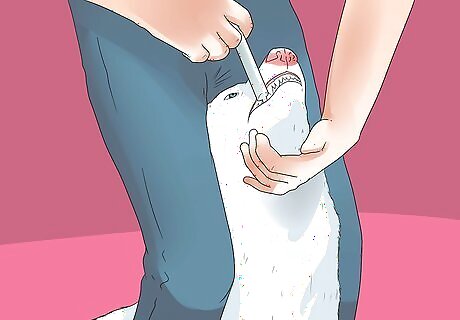
Treat the symptoms if the lungworm infestation causes severe symptoms. These symptoms may include severe bleeding of the lungs, eyes, liver, intestines, spinal cord, or other body parts and bronchitis. Hopefully, early treatment will help you avoid these effects, but talk to your vet about symptoms if they arise.
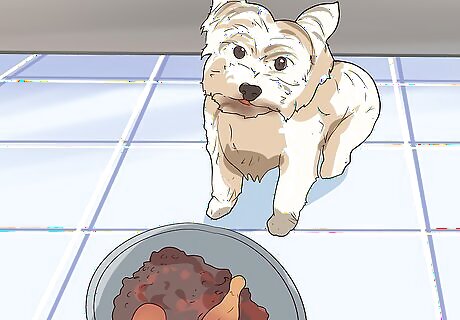
Feed your dog a balanced diet during the treatment of lungworms. Your dog needs a healthy, palatable diet while it recovers from lungworms. A healthy diet will encourage it to eat and support its immune system. Ask your vet for a recommendation, or look for a food that meets the following requirements: Has a high digestibility ratio. Contains appropriate fat content. Contains good carbohydrates and highly digestible proteins. Has a low fiber content food to stop diarrhea. Is a lactose-free food (especially for adult dogs).
Preventing Further Lungworm Infestations
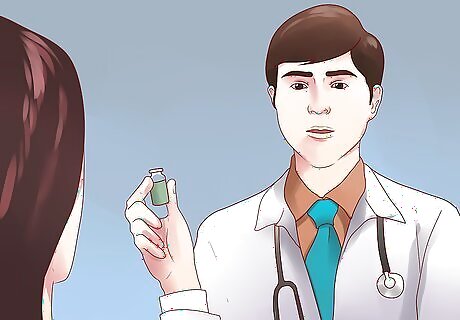
Begin your prevention regimen while you're treating the infection. Don't wait until your dog's treatment is complete to start preventing a future infestation. Talk to your vet about the best prevention method for you dog, and begin dosing your dog immediately. There are several preventative medications on the market, and your vet can help you pick the best option for your pet. Keep in mind that re-infection is likely if you don't get your dog on a prevention medication. This is because lungworms infest the dog's intestine when they're in their larvae stage. These larvae can survive the lungworm treatment and re-infect the dog.
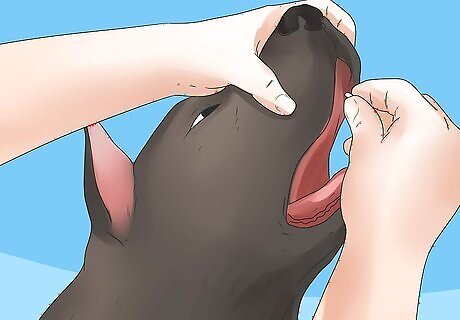
Give your dog the prevention medication once a month, unless directed otherwise. Most preventative treatments are administered monthly. Make sure you follow the dosing guidelines to keep your dog protected. If your vet or the instructions recommend different dosing, follow those directions. Always read the instructions included with your dog's medication and dose the dog appropriately.
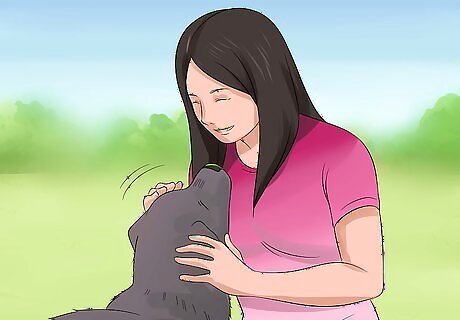
Make sure your dog doesn't eat rodents, slugs, or snails. These critters can harbor lungworm larvae, so they're a source of infection. Watch your dog while it's outside to make sure it doesn't eat anything it shouldn't, especially these potential lungworm hosts. If you know your dog ate something suspicious, watch it carefully for lungworm symptoms. Additionally, it's a good idea to get your dog checked out by a vet.


















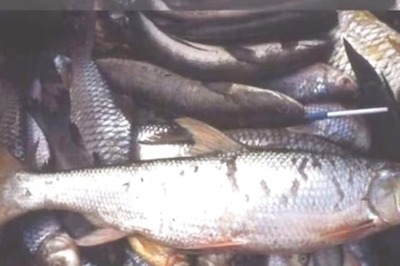

Comments
0 comment